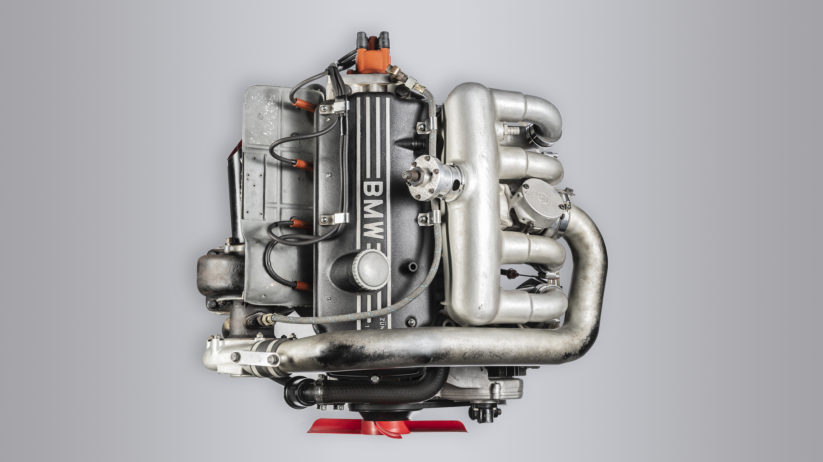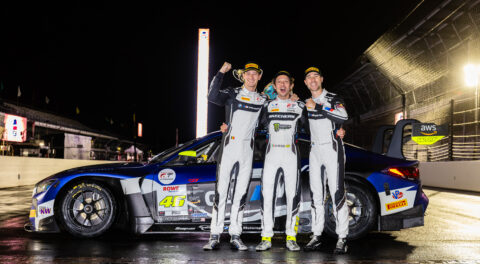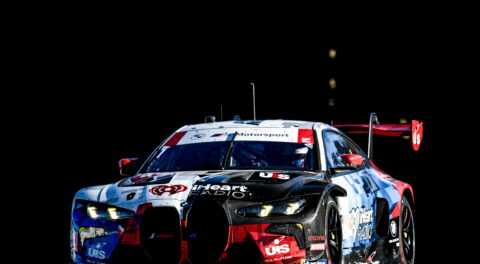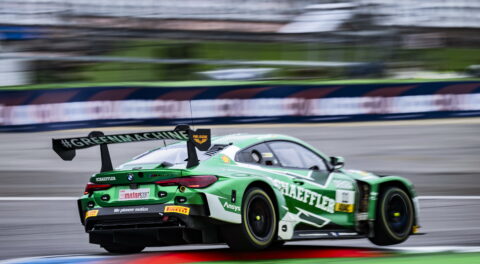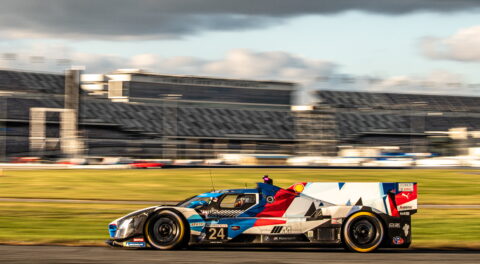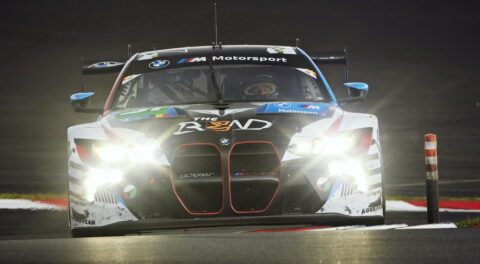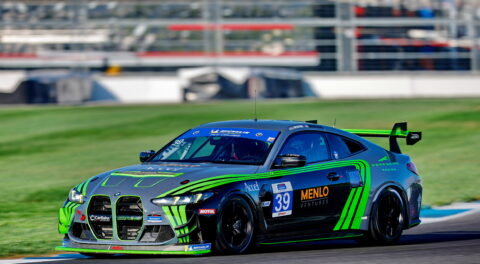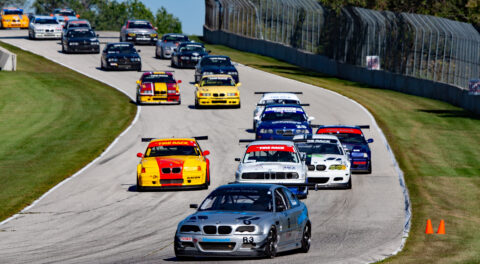Fifty years ago Dieter Quester won the European Touring Car Championship in a 2002 TI powered by a 280-horsepower turbocharged four-cylinder engine, the M121. The engine was the first in a half-century run of turbocharged BMW race engines.
After the 2002 TI, turbo motors have powered a number of legendary BMW race cars, among them the 1976 3.0 CSL, the 1977 Group 5 320, the Group 5 M1, the Brabham-BMW Formula One car, the WRC Mini, and the BMW WTCC car. Today, turbo motors power the M6 GT3, the M8 GTE, and the M4 DTM, and the entire BMW road car lineup. BMW’s story of the evolution of the engines and the cars they powered follows.
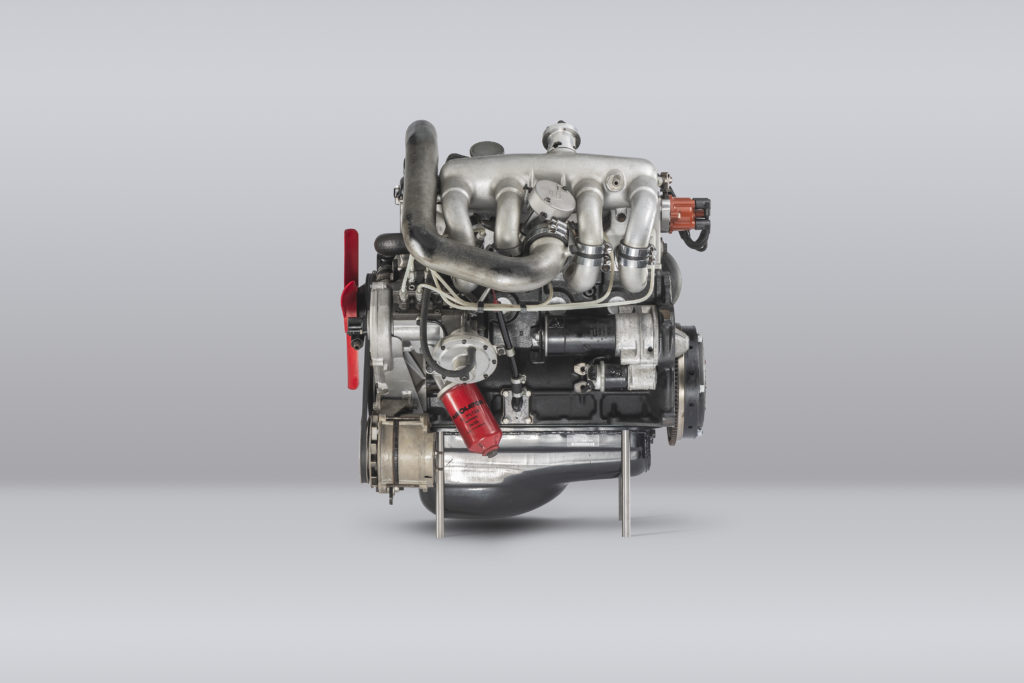
1969: BMW 2002 TI – Engine: BMW M121
As the first BMW Turbo racing engine, this four-cylinder, in-line engine with a two liter capacity and turbocharger was a history-making pioneer. Dieter Quester won the European Touring Car Championship in a BMW 2002 TI with turbo power. With 0.98 bar of overpressure, the first generation of turbo engine generated approximately 280 hp at 6,500 rpm. The exhaust fan was theoretically capable of developing a boost pressure of 1.76 bar, however, the pressure in the cylinder would have been so great, that the cylinder head would have lifted clean off.
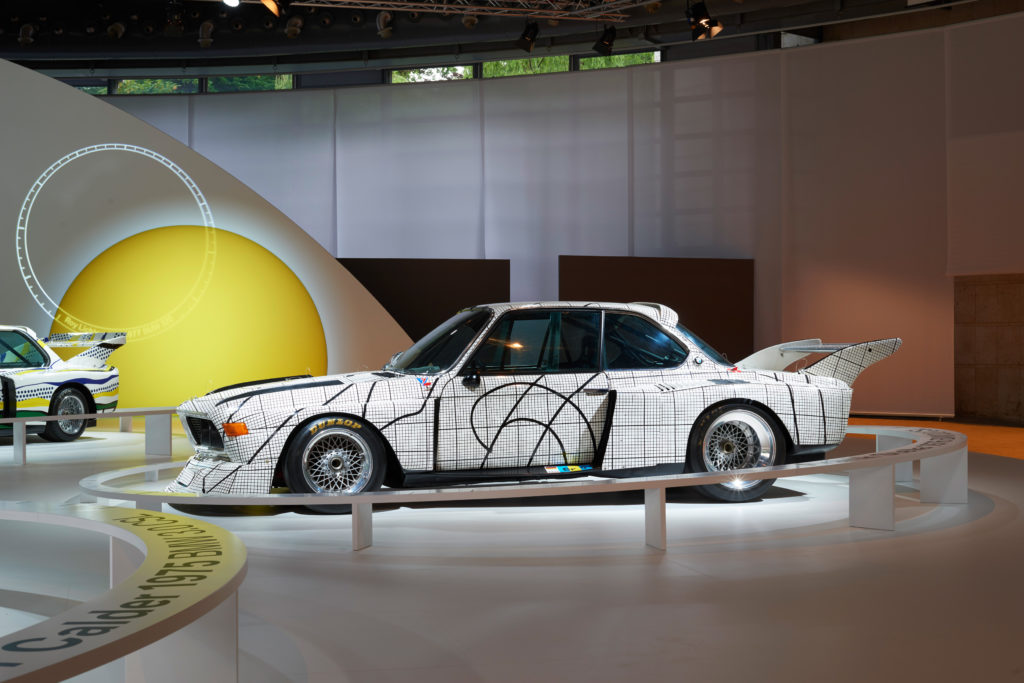
1976: BMW 3.0 CSL – Engine: BMW M49/4
The BMW 3.0 CSL art car designed by Frank Stella raced at the 24 Hours of Le Mans in 1976 with the BMW M49/4 turbo engine. With a displacement of 3.2 liters, the boost pressure of 1.72 bar allowed the engine to generate roughly 750 hp at 9,000 rpm. It took the BMW Motorsport engineers a matter of weeks to assemble a test car, which made its race debut at Silverstone. However, as with the art car at Le Mans later, technical issues prevented a good race result.
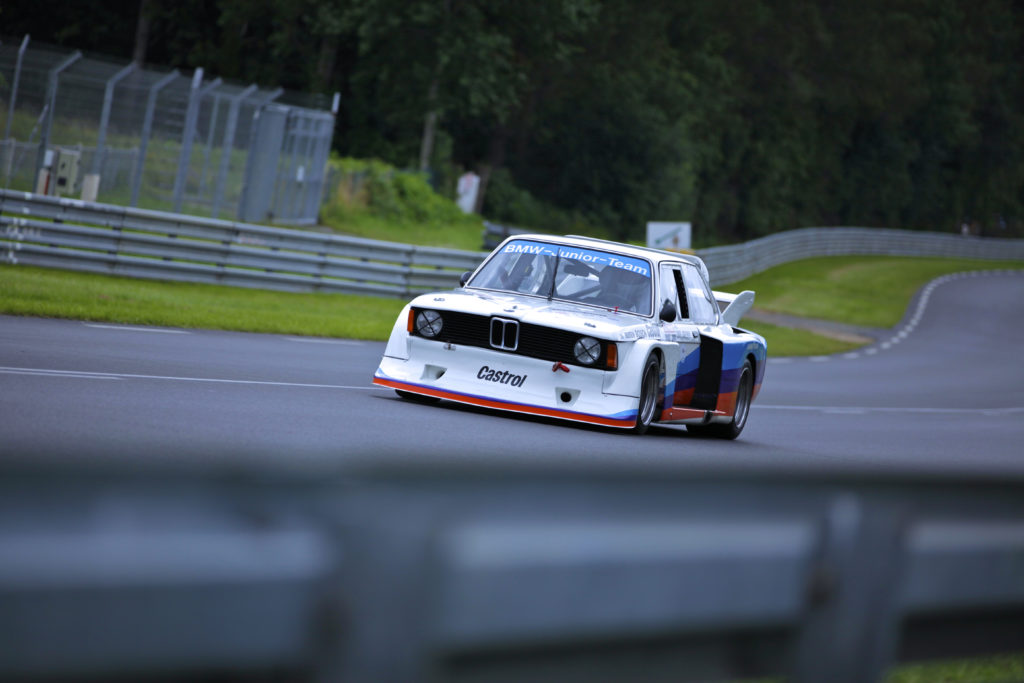
1977: BMW 320 Group 5 – Engine: BMW M12/12
From 1977, Schnitzer Motorsport ran the BMW M12/12 engine in the BMW 320 Group 5. Just one year later, Harald Ertl won the German Racing Championship with that very engine. The four-cylinder unit generated just short of 400 hp, while a variant developed further by Paul Rosche and his team in 1979 actually exceeded the 500-hp mark.
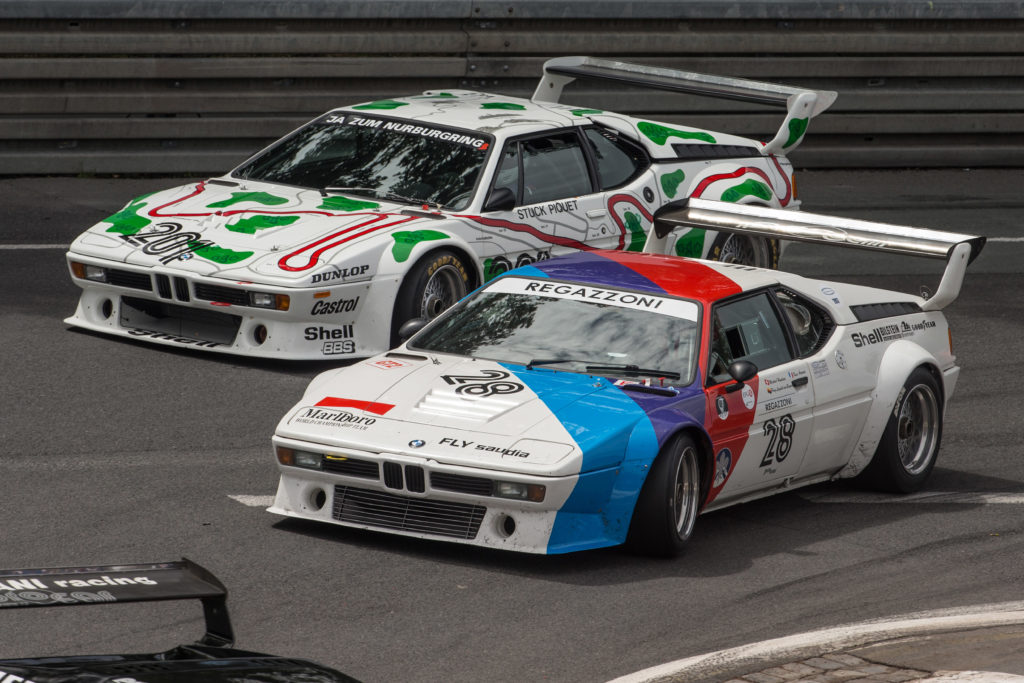
1979: BMW M1 Group 5 – Engine: BMW M88/2
In 1979, an impressive 1,000 hp of power lay dormant in the BMW M88/2 engine for the BMW M1 Group 5. The mid-mounted engine could not really unleash this power until 1981, as the homologation of the car was delayed. By that point, the BMW M1 Procar, which was homologated in line with Group 4 regulations, had already achieved great fame with the M88/1 naturally aspirated engine. However, the Group 5 version brought with it advantages over the rivals from Porsche and Ford, who were very strong at the time. These benefits ultimately helped Hans-Joachim Stuck to a prestigious victory at the Norisring in 1981.
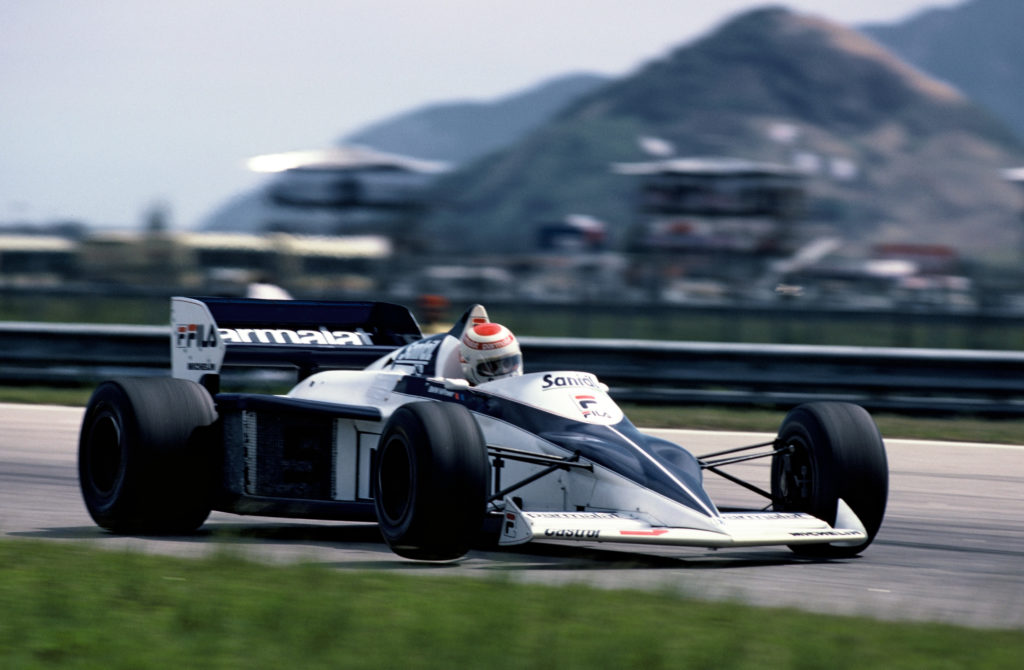
1981-1987: Brabham BMW – Engine: BMW M12/13
Based on the engine in the BMW 320 Group 5, Paul Rosche developed the 1.5-litre engine used in the Brabham BMW in Formula 1 in 1981. The unit initially generated roughly 560 hp in races, but this performance was increasing all the time. In 1982, Nelson Piquet claimed the first Formula 1 victory with BMW Turbo Power. One year later, he was crowned world champion in the Brabham BMW BT52. By this point, its engine was generating 640 hp in race mode, with 2.9 bar of boost pressure. Its successor – the BMW M12/13/1 – was capable of up to 1,400 hp in qualifying mode, making it the most powerful Formula 1 engine ever. As a customer engine, it was also used by other teams, including ATS, Arrows and Benetton. Current ITR boss, Gerhard Berger, took his maiden Formula 1 victory with this engine in 1986.
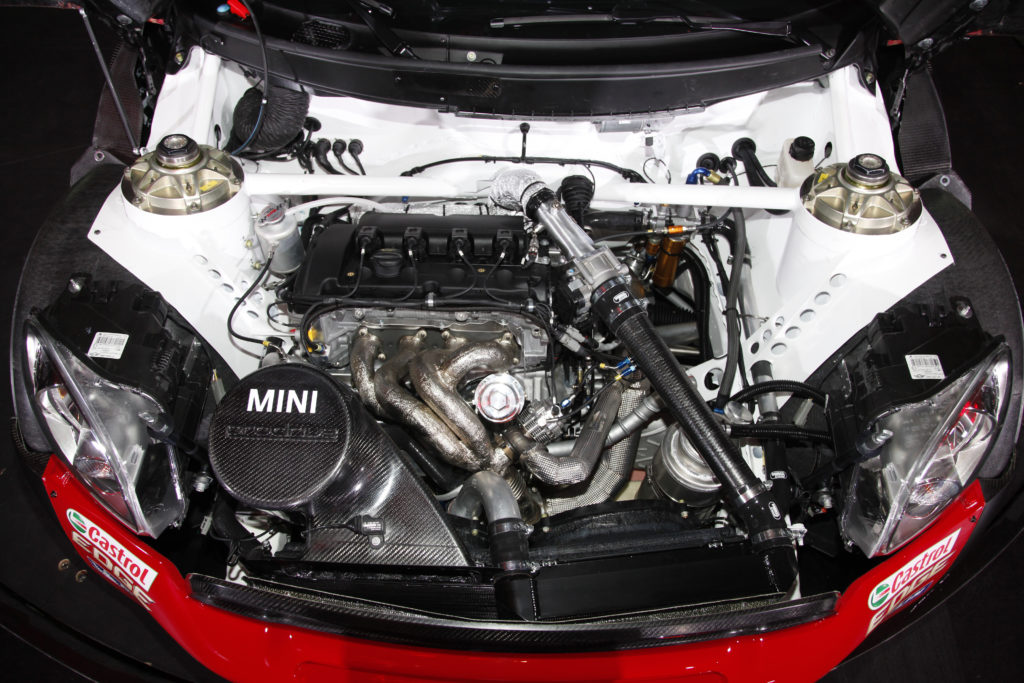
2011-2012: MINI WRC and BMW 320TC WTCC – Engines: P14 and P13
After the Formula 1 era, it took until 2011 for BMW Motorsport to run another turbo engine: the P14, based on the production engine in the Mini Cooper S, in the Mini Countryman World Rally Car, and P13 in the BMW 320TC for the FIA World Touring Car Championship (FIA WTCC). The power was increased dramatically, to 320 hp from a displacement of just 1.6 liters. The cylinder block and cylinder head were largely unmodified, showing just how robust the production engine was.
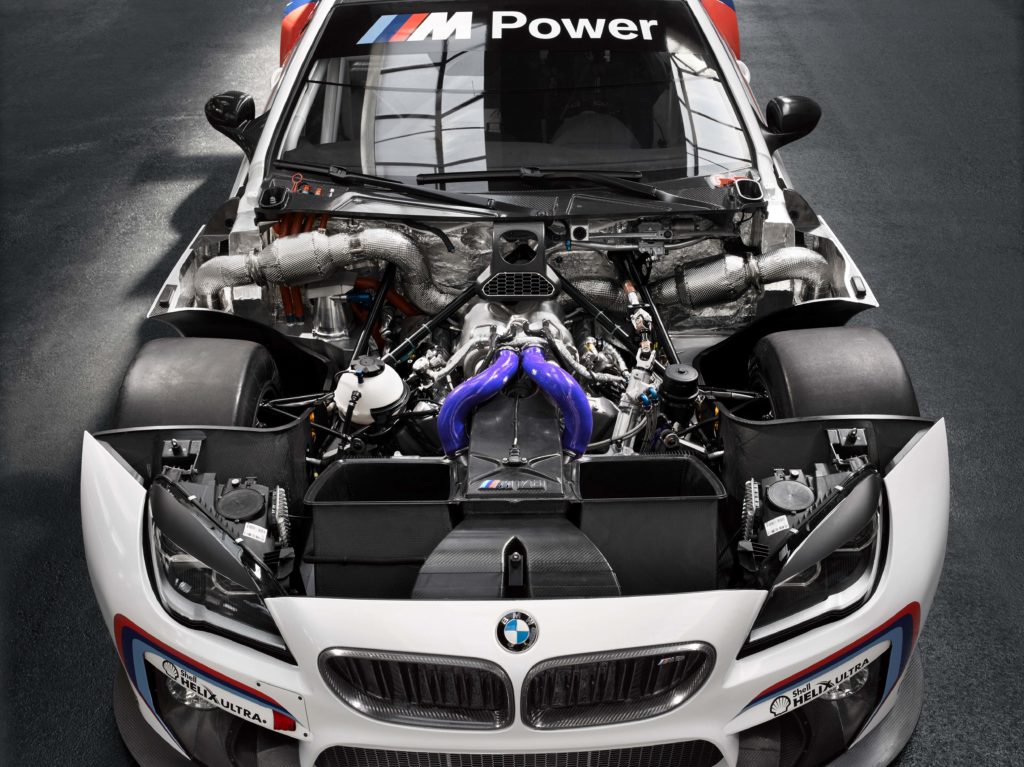
2016: BMW M6 GT3 – Engine: BMW P63
In 2016, the BMW M6 GT3 was the next race car to compete with turbo power. The P63 engine was based on the S63 production version and was slightly modified to meet the demands of motorsport. Thanks to M TwinPower Turbo technology, the V8 engine with a displacement of 4.4 liters generated up to 585 hp, depending on the classification. The BMW M6 GT3 is still enjoying success with the P63 engine to this day. Among other successes, this combination has won the 24 Hours of Spa Francorchamps twice and the FIA GT World Cup in Macau.
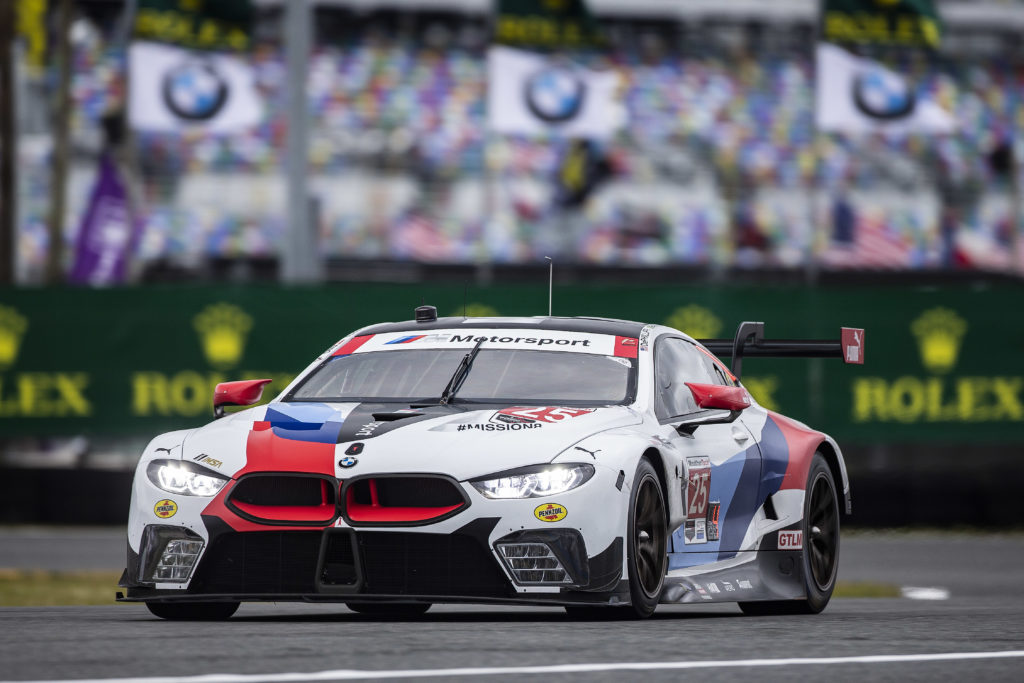
2018: BMW M8 GTE – Engine: BMW P63/1
In preparation for entering the FIA World Endurance Championship and the IMSA WeatherTech SportsCar Championship with the BMW M8 GTE, the familiar engine from the BMW M6 GT3 was reduced from a displacement of 4.4 to 4 liters to comply with GTE regulations. The P63/1 engine consists of almost 2,300 components – 985 of which are unique. 181 parts originate from production projects, while over 700 were developed from scratch especially for the P63/1 or transferred to this project from other BMW Motorsport racing engines. Depending on the
classification, it generates between 500 and 600 hp and was, at the time, the most efficient engine that BMW Motorsport had ever developed. Its greatest success to date came in the form of a GTLM class win at the 24 Hours of Daytona in 2019.
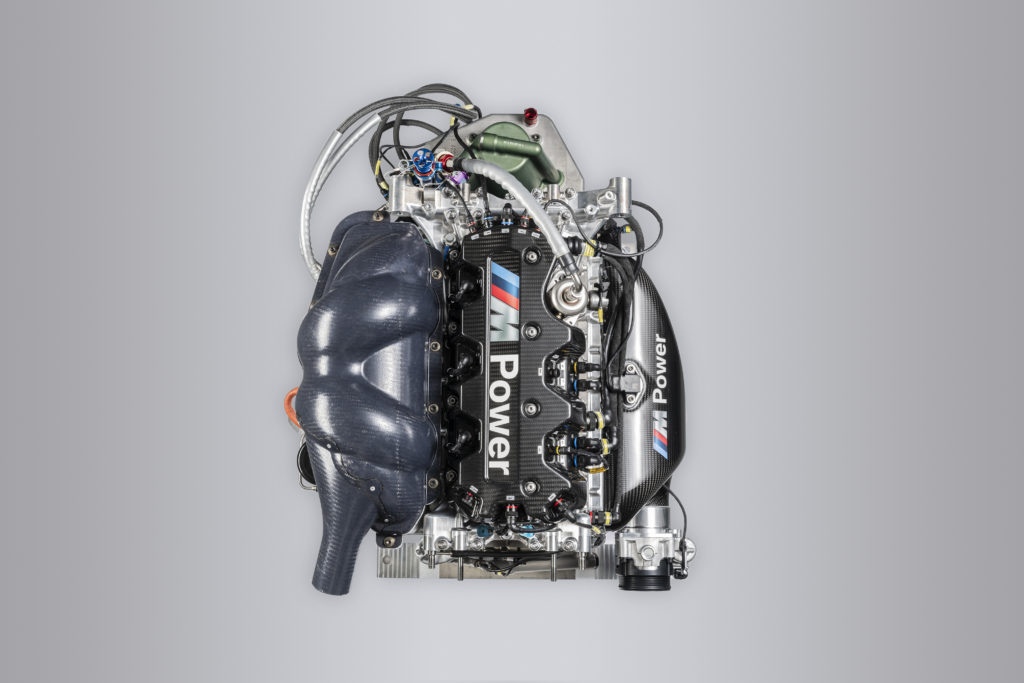
2019: BMW M4 DTM – Engine: BMW P48
On the 50th anniversary of the BMW Turbo engine, turbo power returned to the DTM in 2019. Like the 1969 engine, the BMW P48 is a two-liter, four-cylinder turbo engine, which is now capable of developing more than 600 hp with boost pressures of up to 2.5 bar. As the regulations specify a maximum amount of fuel, the detailed development work focused primarily on efficiency. In this regard, it not only surpasses the P63/1, but also most modern production engines. At 85 kilograms, it weighs only half as much as its DTM predecessor. The lightweight unit boasts impressive figures compared to the DTM engines used previously: half the displacement, more power, less consumption. The P48 engine won on its race debut at the 2019 season-opener at Hockenheim.—Brian Morgan
[Photos courtesy BMW AG.]

